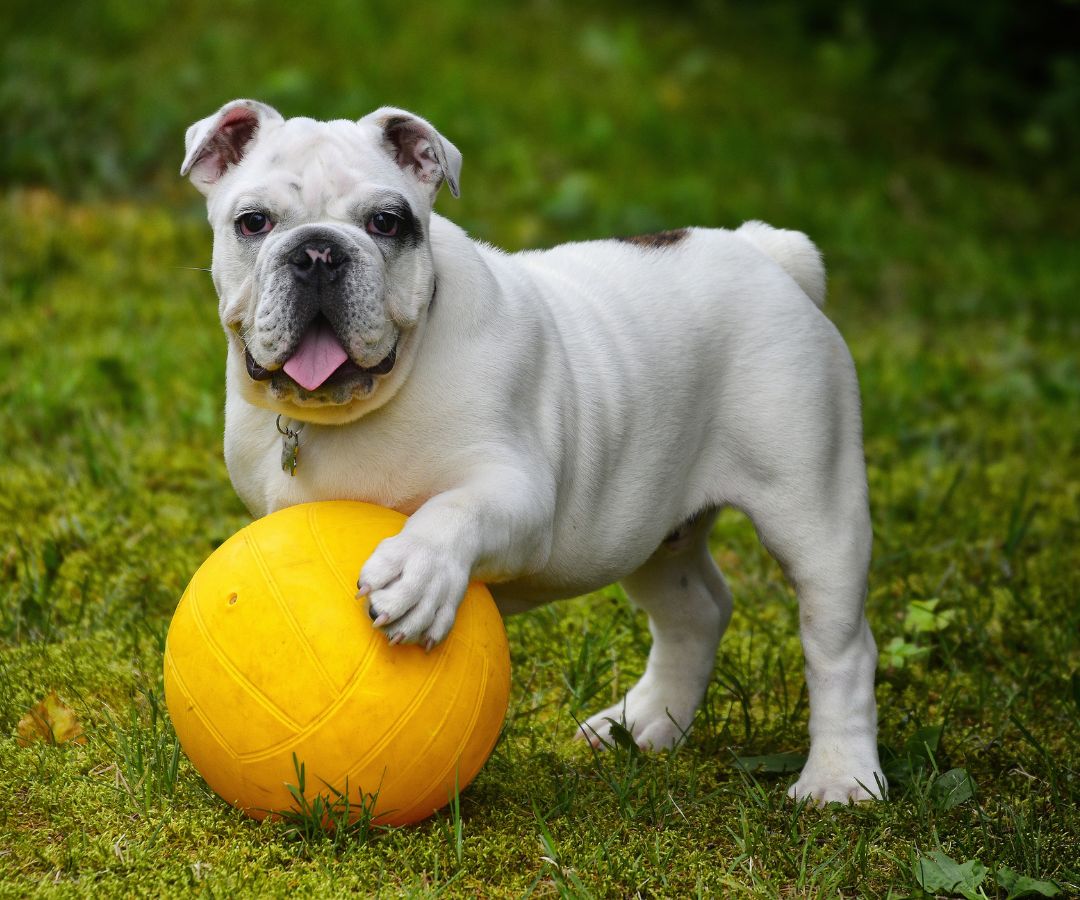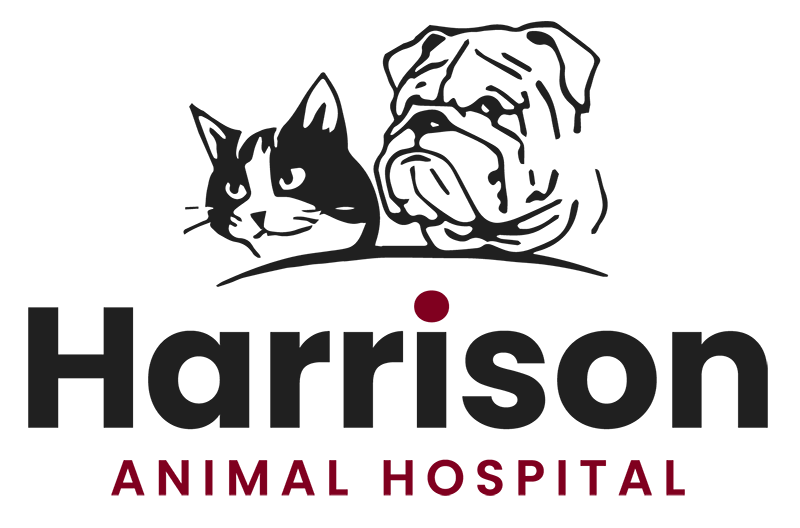Welcome to
Harrison Animal Hospital
Our veterinary practice in Harrison, OH, is dedicated to the health and well-being of our clients and their beloved pets. We understand that your pet is a part of your family and deserves the best care possible.

About Us
About Harrison Animal Hospital
We take great pride in being a part of this community and working closely with our clients and their pets. Dr. Kremer and our veterinary team take a hands-on approach to veterinary medicine – we’re down to earth and practical but with all the technology and skill required for a state-of-the-art practice.
Veterinary Services
Complete Veterinary Services in Harrison, OH

Pet Wellness Exams

Pet Urgent Care

Pet Diagnostics

Pet Dental Services
Our Veterinary Team
Veterinarian in Harrison, OH
When Dr. Lori Kremer was still very young and growing up in Cold Spring, Kentucky, her father talked to a local veterinarian who let her observe so she could see what was going on in the hospital. This is where her passion for animals and their well-being began.

